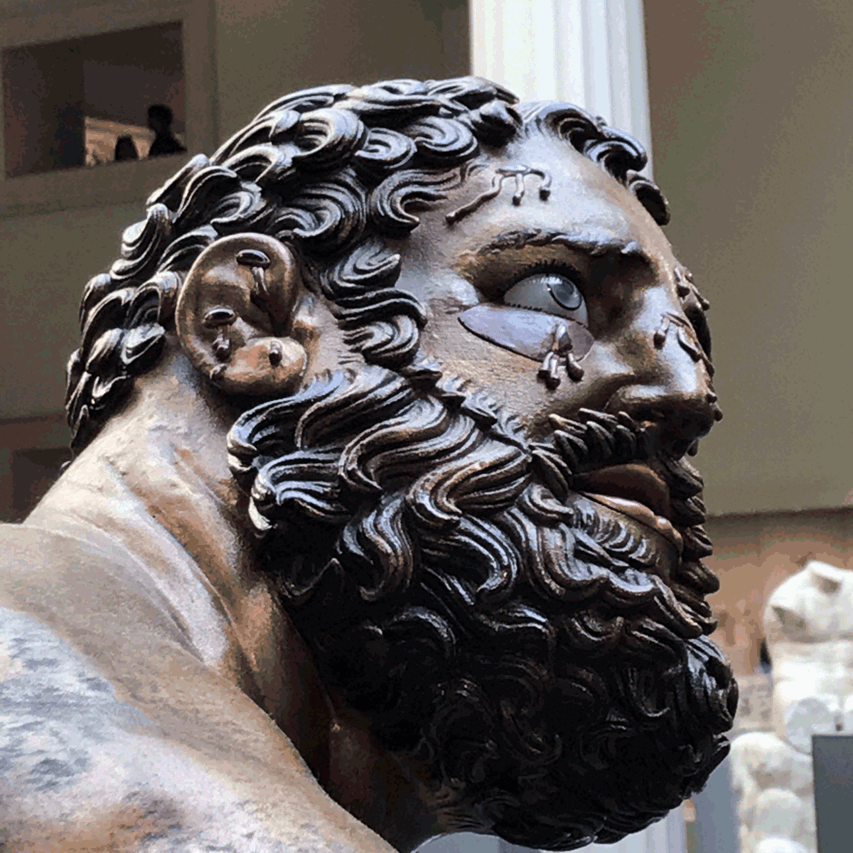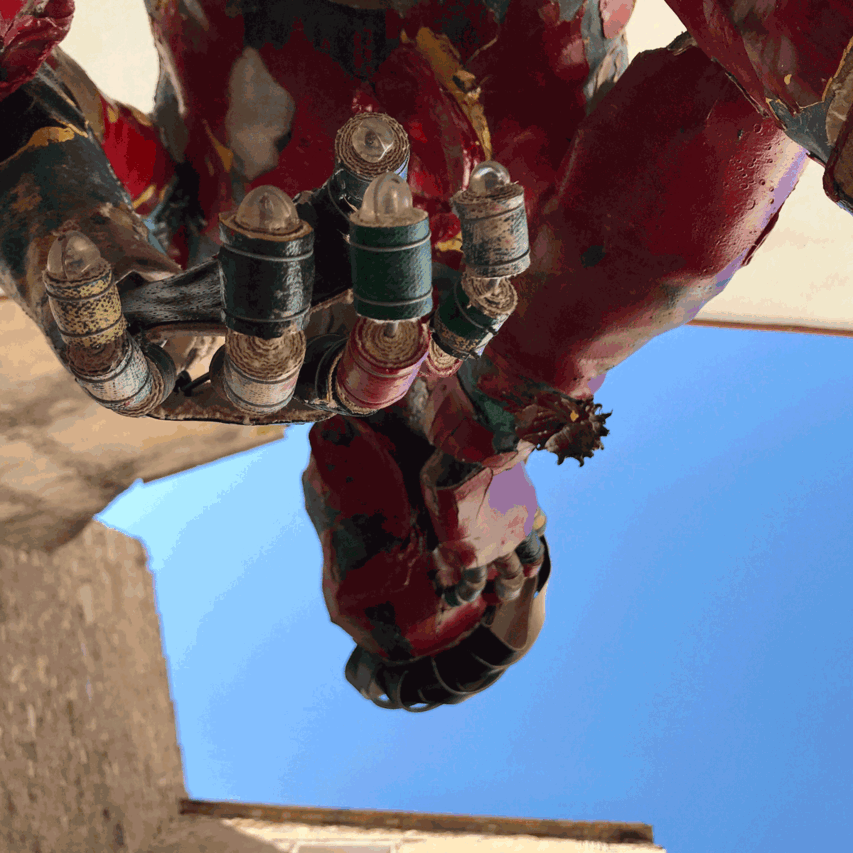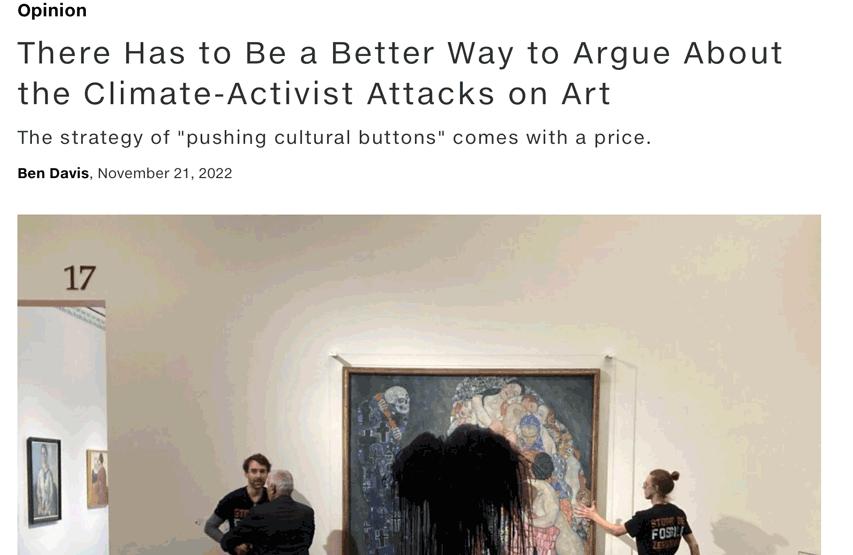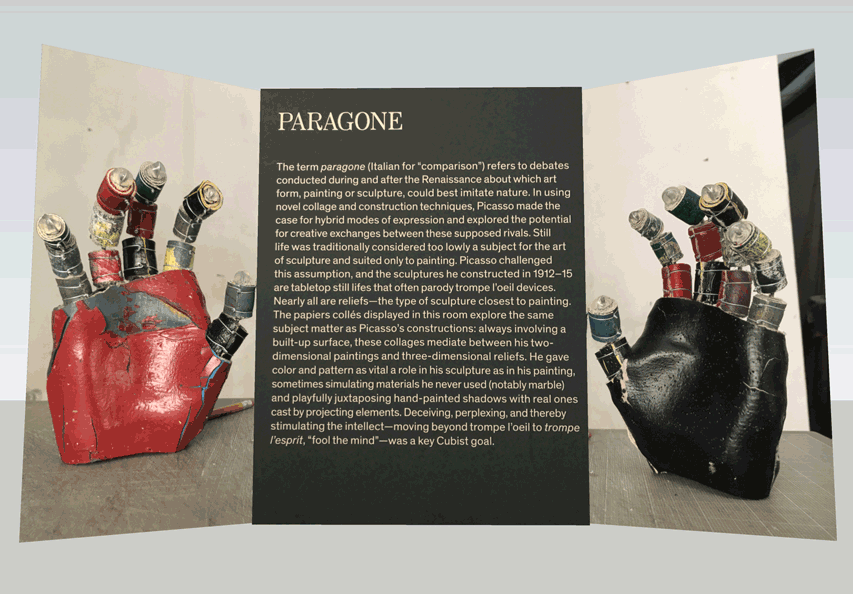November 30, 2022
Met Museum: Chroma: Ancient Sculpture in Color
The "Metropolitan Museum of Art has an exhibition that I first saw years ago in the outskirts of Madrid, Alcalá de Henares. You can find references to this visit here and here. This body of work has finally travelled to New York, expanded and enriched over the years. Chroma: Ancient Sculpture in Color:Exploring the practices and materials used in ancient polychromy, the exhibition highlights cutting-edge scientific methods used to identify ancient color and examines how color helped convey meaning in antiquity, and how ancient polychromy has been viewed and understood in later periods.
What is striking is how we have yet to see ripples of the impact of this exhibition in the intellectual community, including the concurrent Chroma show and the Cubism and the Trompe L'Oeil Tradition, in that both exhibitions challenge our fundamental assumptions about our understand of history... and thus of our understanding of ourselves in the Western tradition.
In particular, the Chroma show challenges our understanding in what the austere meant then and now, of how we saw ourselves as a reflection of the Classical epoch. One recent example among no doubt many others would be a rewiring of the ideas that Clement Greenberg presented in his essay Avant-Garde and Kitch, kitsch being an art object considered to be in poor taste because of excessive garishness or sentimentality. The ancients no doubt understood what grandeur was, but now we must appreciate that they were able to see this quality within what we must now are compelled by these exhibitions as grandeur within the garish. What does it mean that now we are compelled to imagine a multicolored Platonism?
***
Personally, what I had found striking in terms of the recent sculptures that I had made recycling my paintings on canvas into sculpture (JOB and JOBx2) was the intense corporeality in the recreations of the sculptures in the Chroma exhibition. In particular, the figure of the boxer. A snip from the Met's website:The figure of the boxer displays heavily bleeding wounds on the face and the ears. The blood, fashioned of copper, is mostly well-preserved, and for the reconstruction it has been restored in those areas where it is missing. In the original, a sheet of bronze with a high lead content was applied underneath the right eye to represent a hematoma. For the reconstruction, this black eye was cast using a comparable alloy, which, together with an artificial patination, resulted in a dark shade of violet. The swollen lips and the nipples were formed separately in copper, and this was imitated for the reconstruction. Garnets were inserted in the larger wounds in order to reproduce the gleaming effect and the density of fresh blood.
This is why I found the Boxer so resonant: I paint in a way that includes the form of impasto paint. The vocabulary of forms that I rely on all are instantiations of the corporeal body of oil paint. Over the years, I have tried to increase an aspect of cruciality of this formalism, by way of these forms mashing into one another, as a way to heighten this embodiment by placing forms in extremis.
My painting possesses and exploits the sculptural dimension. By using literal paint on canvas itself as a sculptural material, I wanted to involute what it meant to be painting and to be sculpture. To render this ambition into the human form seemed to heighten the tension in a most extreme way.
November 29, 2022
November 28, 2022
aggressively conjure
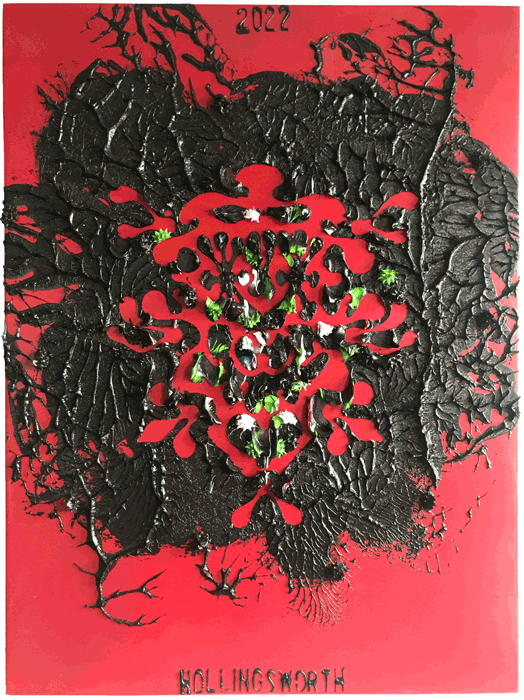
"aggressively conjure"
2022
#612
48" x 36"
Oil on Canvas over Wood Panel
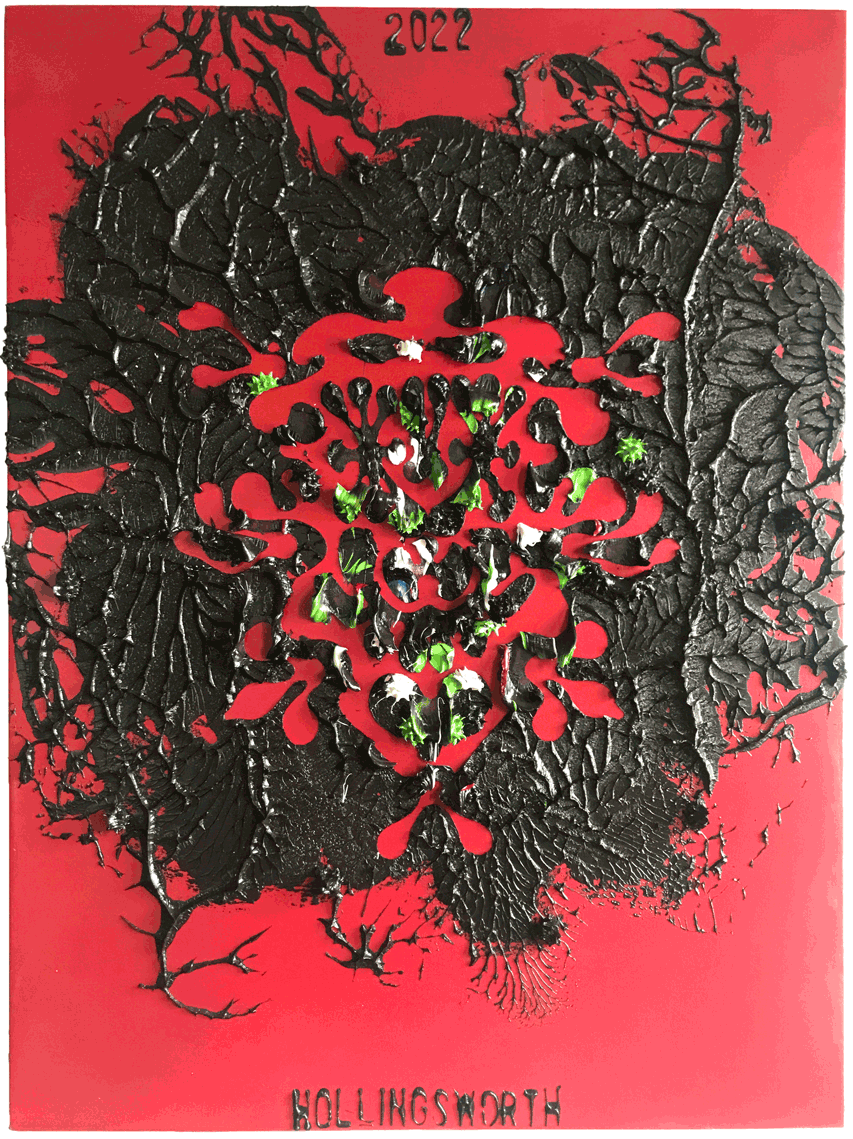
November 27, 2022
Friendly Fire
Here's the paragraph that popped out to me in Ben Davis' recent articleThere Has to Be a Better Way to Argue About the Climate-Activist Attacks on Art:
In a book I put out earlier this year, I have a chapter titled "Art and Ecotopia," about the weaknesses of the "awareness-raising" strand of eco-art, and the need of centering a realistic, positive vision of the future if artists are going to put their energies to good use. But I also end by saying, "without a positive shared narrative or image of the future to hold on to, the psychic consequences will be both predictable and horrible. Then, the mental weight of the end-times narrative can only be expressed via metastasizing death cults and sociopathic nihilism, as the lack of a positive future renders the present meaningless.(Emphasis, mine.)
A few notes:
- Ben Davis is my favorite art world egg head. Of course, I don't map 100% on his worldview... who ever does per anyone? But he is one of the few art world thinkers out there that instantly captures my interest. I always want to know what he's thinking.
- The bolded emphasis I highlighted in the quote above points to our (our, meaning us, the members of the the contemporary art world) naturally inherent weakness: we tend to feel first and think later. (Strength is intimately connected to weakness, after all.) Therefore in pursuit of what would otherwise be a noble cause, we extravagantly color outside the lines.
We allowed our emotions to become dis-regulated.
We veered into screaming.
We forgot that one should remain vulnerable to persuasion if you want to persuade.
[Wait a sec. Are the protestors artists too? ... *shrug* ... Well hell, why not? Everybody wants to be.]
The upshot of his point is an argument that will enrage most of my peers, but it has to be said and I'll say it three ways:
1) Currently, the Climate Change narrative is a threat to the ecological agenda.
2) If you care about the environment, if you really care, you'll be inclined to dismantle the Climate Change movement and remake it into something reasonable.
3) The Climate Change mindset is counter productive at suicidal dimensions.
Unpacking this idea requires a Substack account, but I can sketch out a vignette before the mike drop: we are currently loading landfills with the debris of iteratively prototyped, premature tech at global scale... visualize the buried mountains of batteries and carbon fiber husks of windmills now and soon to come and grow.
No, if you care about the environment, you wouldn't use lurid colors to illustrate your argument. Bully tactics don't make a better world.
- When I first saw the image of the tomato soup > Van Gogh Direct Action event, the thought flashed in my mind that it appeared to be an aggressive turning of Pop on Modernism, the use of Warhol's famous tomato soup cans' contents occluding the signal painter from whom sprung Modern-cum-Abstract Painting (VV). This, the angry cousin of the time that Rauschenberg famously erased the DeKooning drawing.
What happened in 1953 was Postmodernism's declaration of independence from the legacy of Modernism. Whereas before art tried to touch G-d via material means, afterwards art pointed towards everyday life via conceptual means.
Script, flipped.
What happened in 2022 was an attempt to erase civilization. Yes, the painting had a protective glass. Yes, it could be cleaned. But somewhere in this moment, there's an activist considering how to raise the stakes.
Script, burned.
Friendly Fire, in other words.
I do that sometimes.
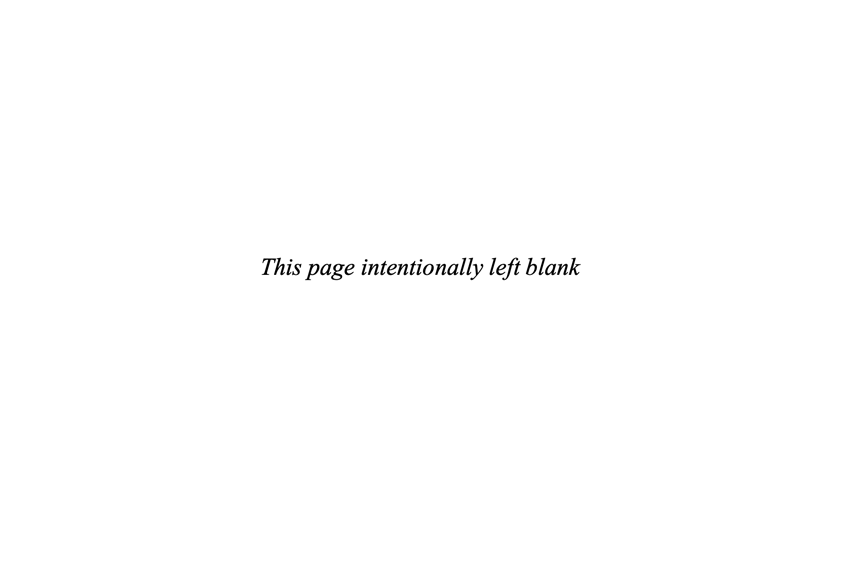
Yeah.
Sorry about that.
Shouldn't be a chatterbox all the time.
Wood Butcher
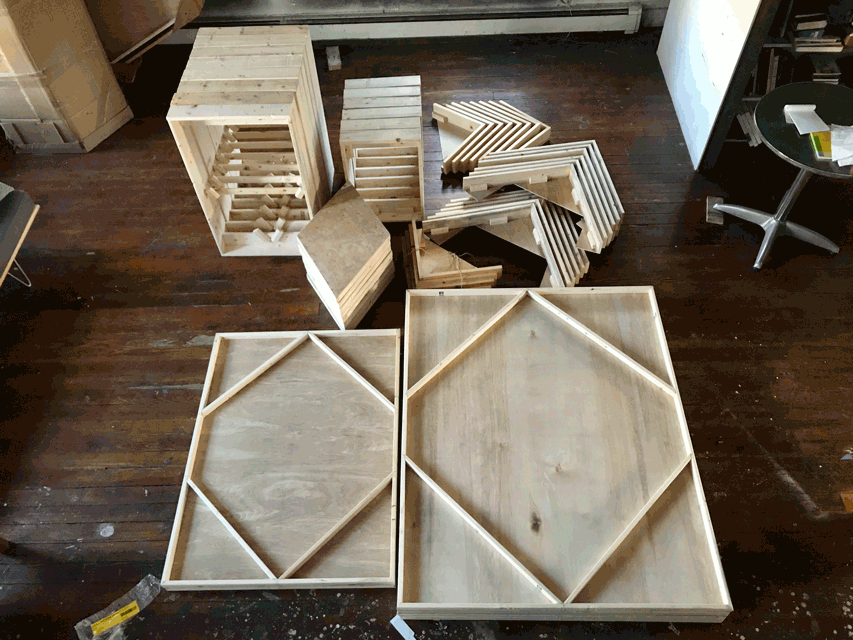
Among other things, refashioning a load of lumber into new panels and travel frames ate up a chunk of time. I guess I could have brought you along with me, but then you'd slow me down. Plus, finding the poetry in a chop saw... well, even though it might have been charming, it would have been over-ripe.
November 24, 2022
Met's Cubism Trompe L'oeil
The Metropolitan Museum of Art: Cubism and the Trompe l'Oeil Tradition
I recommend this exhibition with great, great enthusiasm.
Thoughts snipped from a recent letter to a friend:
What struck me about the show was the level of art historical literacy of Team Cubism / the artists of that era. [By this, I mean a comprehensive knowledge of a specific genre of art, Trompe L'Oeil. The exhibition examined several dimensions, all astonishing.] On my second visit, I attended a tour of the show and asked the guide about just how literate were this circle of artists. Her response focused on the intimacy and frequency of conversation between them, and that there were people like Apollinaire among them.There was something that had happened since that caused the trompe l'oeil aspect to either drop out of the conversation about Cubism or... to not be included from the get-go.
The standard storyline about Cubism was something-something African masks, something-something Cézanne's faceted picture plane. With the Trompe L'oeil dimension in the mix, Cubism ultimately becomes the incubator for what would become Conceptual Art, seeding the minds of artists such as Duchamp with themes about intellectual play, optical riddles, paradox, shell games about the real vs artificial, language both visual and written. What had developed after Cubism in terms of formalism (cough-De Kooning-cough) seems trivial by comparison.
Another thought strike was the connection to the Russian Supremacists/Constructivists and the realization of Abstraction, born from seeing aerial photography for the first time. The horizon line disappeared from the picture plane, the line connected to the retina, the human presence, the viewer's presence. In the Met show, table-tops flipped vertically and tableaus flipped horizontally back onto table -tops. Was this a kind of parallel evolution, the same thought springing up in different locations independently? Or was there a chain of inter-communication somehow in a small art world?
Stray thoughts:
I asked the tour guide about the yellowing of the newsprint seen in the various paintings and collages. She also happened to be an expert on art conservation with a focus on paper, an excellent resource.
She wrung her hands about the issue, nothing could be done, she called it a material "Inherent Vice", a technical term of art which means that bad materials will be bad. Additionally, she pointed out how the colors that we are seeing are not the colors that the artists used, by and large.
Several times, we were asked to imagine how the paintings looked like when last they were on the easel. She recounted stories of artists like Picasso accepting with almost a kind of glee, the fugitive aspects of media. Note as well, that Picasso not only accepted the craquelure that developed in his works, he also simulated craquelure in his Cubist project.
Levels and levels abound.
One segment of the exhibition showcased samples of commercial wallpaper protected over the years from the corrosive exposure to light with paintings hung adjacent , again a request for the audience to imagine original intent.
Nota Bene: Tears don't always have to be solely about anguish. Happiness is also part of the mix. I used to cite Duchamp and his large glass broken in shipment. Now I can cite Picasso and the yellowed collages.
November 22, 2022
Loamy Earth
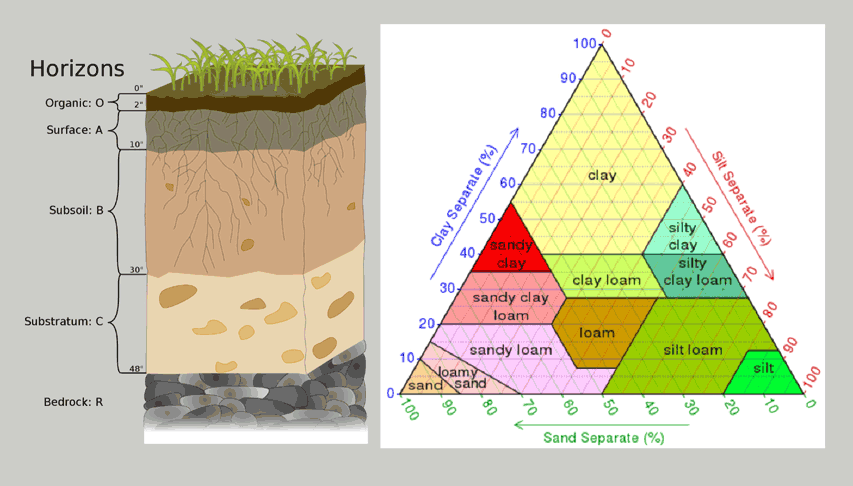
This blog serves a specific purpose, the most important being the generative formation of titles for my art works.
Here's an example: "The Best of All Foxes".
When I blog a lot, the field is rich with possibility. When I blog less, the title machine survives like the fabled way cockroaches can feed on a fingerprint. The species Blattodea are known to be great survivors.
I used to to refer to the blog as the place where I go to to divine titles. Divine as in dowsing. From the dictionary, to the verb divine: to discover (something) by guesswork or intuition, to have supernatural or magical insight into (future events), and to discover by dowsing.
I accept all three definitions.
Let's add another verb in the process for naming art works via this weblog: to grow.
Think: truffles.
The blog as an agricultural field.
There are different types of earth.
Breakdown:
- Components: Sand, Clay Silt, Humus
- Sand: Sand is pulverized rock, it characteristically drains water easily
- Clay: Clay is characterized by its plasticity when wet and hardness when dry. Clay is composed of aluminum and silicon plates mechanically connected by interconnecting oxygen and hydroxide atoms that are flexible when wet and inflexible when dry.
- Silt: Silt is pulverized quartz, it has "a floury feel", meaning that it tends to fluff up, it can create space for air...
- Humus: Organic matter, disintegrating for latter integration. Cycles of life and death. Ladders of being.
Not hummus, humus. The blog-as-hummus is a possible topic for another day.
Snips from Wikipedia:
Humification:
Organic matter is humified by a combination of saprotrophic fungi, bacteria, microbes and animals such as earthworms, nematodes, protozoa, and arthropods.Plant remains, including those that animals digested and excreted, contain organic compounds: sugars, starches, proteins, carbohydrates, lignins, waxes, resins, and organic acids.
Decay in the soil begins with the decomposition of sugars and starches from carbohydrates, which decompose easily as detritivores initially invade the dead plant organs, while the remaining cellulose and lignin decompose more slowly.
Simple proteins, organic acids, starches, and sugars decompose rapidly, while crude proteins, fats, waxes, and resins remain relatively unchanged for longer periods of time.
Lignin, which is quickly transformed by white-rot fungi, is one of the primary precursors of humus, together with by-products of microbial and animalactivity.
The humus produced by humification is thus a mixture of compounds and complex biological chemicals of plant, animal, or microbial origin that has many functions and benefits in soil.
Some judge earthworm humus (vermicompost) to be the optimal organic manure.
Think of this post as a collection of notes for a future essay (whose likelihood of being written diminish with every day, by the way).
The bill of hard but promisingly fruitful work: correlate the various aspects of general blog content to the elements of soil snipped above.
